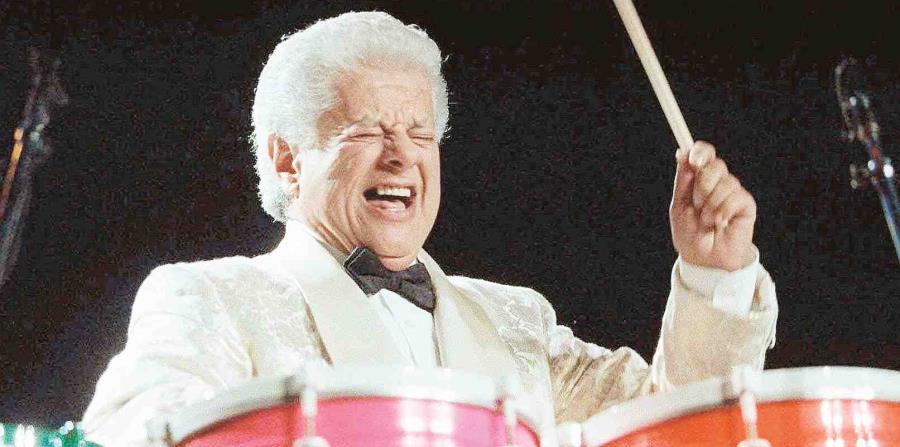

Puente was so successful playing popular Afro-Cuban rhythms that many people mistakenly identify him as Cuban. We play jazz with the Latin touch, that's all, you know.ĭuring the 1950s, Puente was at the height of his popularity, and helped to bring Afro-Cuban and Caribbean sounds like mambo, son, and cha-cha-chá, to mainstream audiences. In 1992, he was inducted into the National Congressional Record, and in 1993 he received the James Smithson Bicentennial Medal from the Smithsonian. In 1969, he received the key to the City of New York from former Mayor John Lindsay. The GI Bill allowed him to study music at Juilliard School of Music, where he completed a formal education in conducting, orchestration and theory.


He was discharged with a Presidential Unit Citation for serving in nine battles on the escort carrier USS Santee (CVE-29). Puente served in the Navy for three years during World War II after being drafted in 1942. He learned to play a number of instruments as a child, beginning with the piano and then moving to percussion, saxophone, vibraphone and timbales (paired high-pitched drums).Īfter an apprenticeship in the historic Machito Orchestra, Puente was drafted into the U.S.
Tico puente professional#
The son of Puerto Rican immigrants, Puente grew up in New York City's Spanish Harlem and became a professional musician at age 13. He died in New York City in 2000, at age 77.įamed jazz composer and bandleader Tito Puente was born Ernesto Antonio Puente Jr. His most notable songs include "Babarabatiri," "Ran Kan Kan" and "Oye Como Va." By the end of his decades-long career, Puente was deemed a musical legend in Latin music and jazz circles. A decade later, he released his best-selling album, Dance Mania (1958). In 1948, Puente formed a band that would become known as the Tito Puente Orchestra. “There's a lot of young people out there who need to develop their talents, and old-timers like me have to give them space.”īorn on April 20, 1923, in New York City, Tito Puente, donned the "King of Latin Jazz," was a pioneering force in Latin music, known for fusing styles and putting a big-band spin on traditional Latin music. Tito Puente was a musical pioneer, mixing musical styles with Latin sounds and experimenting in fusing Latin music with jazz.

NICKNAME "El Rey de los Timbales", "King of Latin Jazz", "King of the Timbales", "El Rey", "The King", "Sultan of Salsa", "Musical Pope" He guest-starred on several television shows, including Sesame Street and The Simpsons two-part episode "Who Shot Mr. He and his music appear in many films such as The Mambo Kings and Fernando Trueba's Calle 54. He is best known for dance-oriented mambo and Latin jazz compositions that endured over a 50-year career. The son of Ernest and Ercilia Puente, native Puerto Ricans living in New York City's Spanish Harlem, Puente is often credited as "The Musical Pope", "El Rey de los Timbales" (The King of the Timbales) and "The King of Latin Music".
Tico puente full#
Tito Puente FULL NAME Ernesto Antonio Puente Jr.


 0 kommentar(er)
0 kommentar(er)
